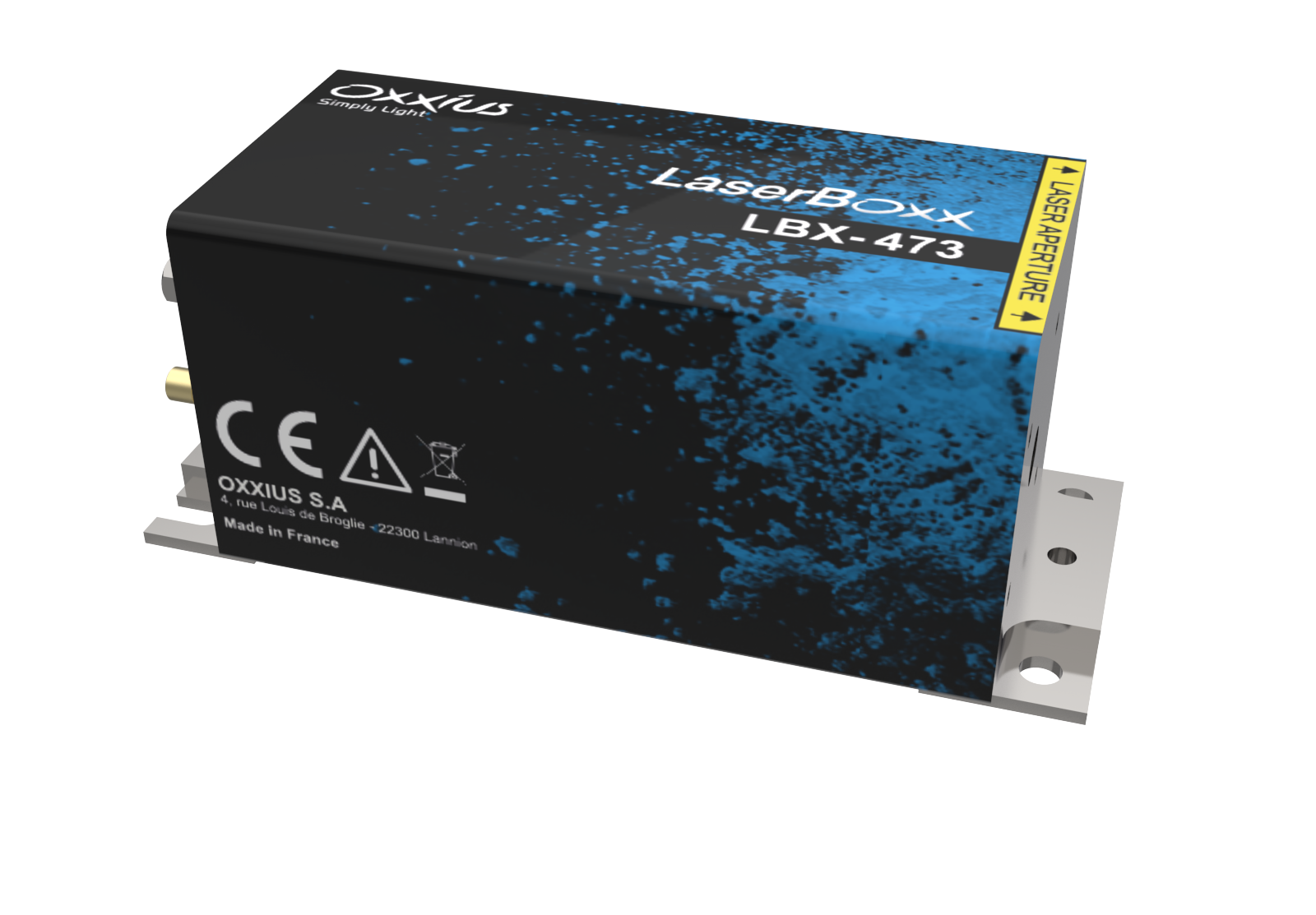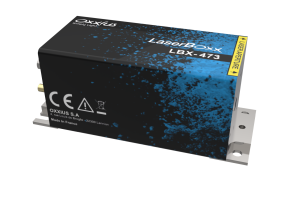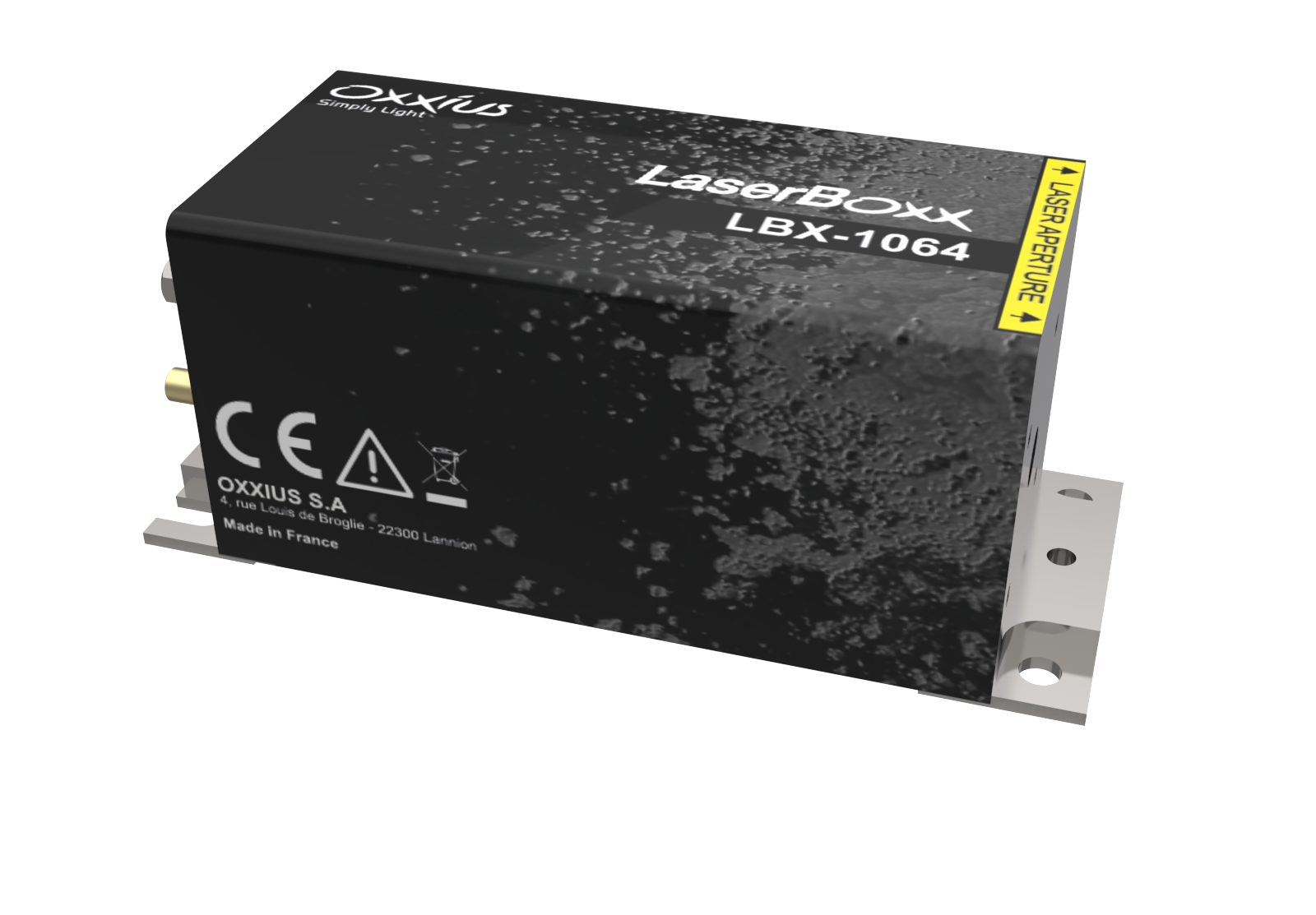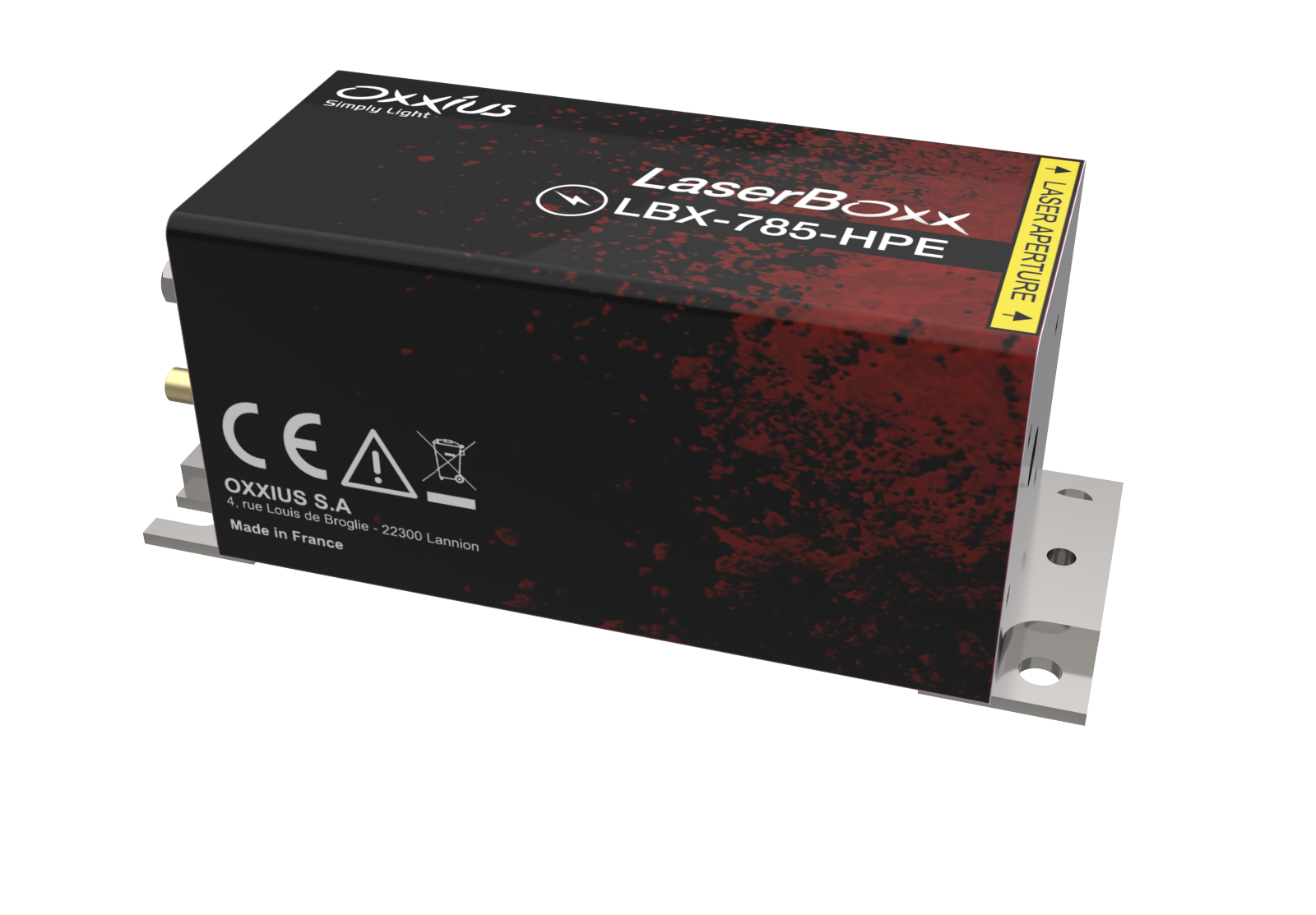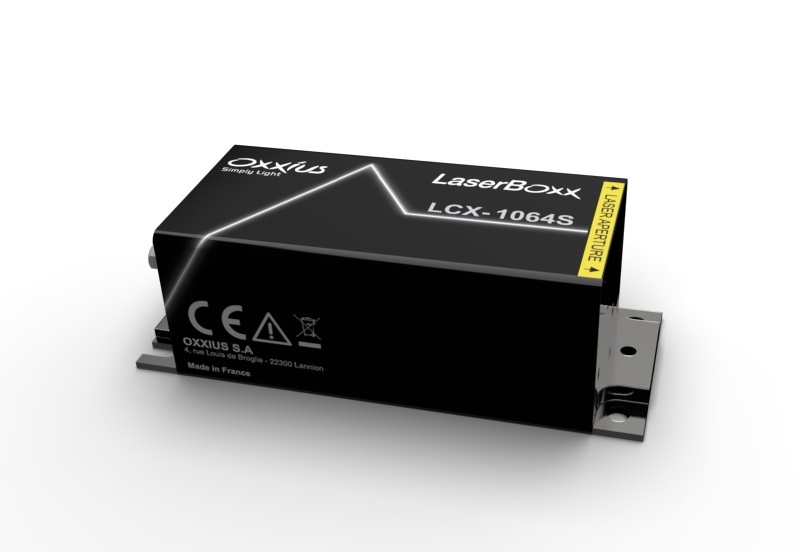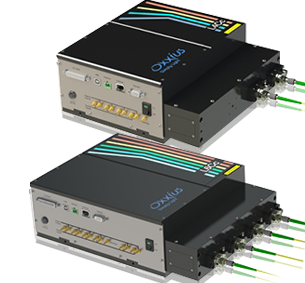LBX-473-HPE
Laser Diode Module, Multimode, 473nm
Key Features:
- Up to 1000mW at 473nm
- Tailored beam diameter capability (0.6 up to 1.4 mm)
- USB, RS-232, dedicated I/O interface
- Fast TTL and analog modulation
- Optional clean up filter
There are many configurations and options available. If you do not see exactly what you need below, please contact us!
Need Quantities? Have a question?
POPULAR CONFIGURATIONS:
The LaserBoxx HPE Series is a highly versatile and customizable laser diode module series that offers superior performance and reliability in a compact, driver-integrated laser head. With a wide range of wavelengths from the UV to the NIR, this series provides high-power output, removable MM fiber coupling options & dedicated control software with USB and RS232 interfaces, as well as an external controller with power display, ensuring easy integration and precise power and modulation control.
Benefits:
- Highly customizable OEM or plug & play modules:
- Highly customizable OEM or plug & play modules that is quick and easy to set up. This means customers can get the exact module they need to fit their application, saving time and money on unnecessary features.
- High-Power, excellent performance, reliability, compact package:
- High-power output in a compact package makes it ideal for applications where space is limited. Additionally, the laser diode module is highly reliable, ensuring consistent performance and reducing downtime.
- Removable Multimode fiber coupling option:
- Removable MM fiber coupling option allows customers to easily change the type of fiber coupling without having to replace the entire module. This saves time and money on replacements and repairs.
- Dedicated control software, USB/RS232 interfaces, external controller:
- Dedicated control software and interfaces makes it easy for customers to control and monitor the laser module. The external controller with power display provides easy-to-read information about the laser’s performance.
- Modulation capabilities, and adjustable power options:
- Modulation capabilities and adjustable power options give customers the flexibility to customize the laser’s output to their specific application, optimizing performance for better results.
- Many different standard wavelengths options:
- With a wide variety of standard wavelength options, the LaserBoxx HPE Series can be tailored to fit a wide range of applications.
With its robust and customizable design, the LaserBoxx HPE Series is the perfect solution for a wide range of applications, including materials processing, scientific research, and medical treatments. The high-power laser diode module provides excellent performance and reliability, while the removable multimode fiber coupling option allows for easy integration into any system. The dedicated control software and interfaces enable users to precisely control the laser output, making it an ideal choice for applications that require both power and precision. The LaserBoxx HPE Series is designed to help customers achieve their goals with confidence, providing the power, flexibility, and control needed to succeed in their endeavors.
If you have any questions or need more information, please contact us.
| Wavelength (nm) | |
|---|---|
| Output power (W) | |
| Mode | |
| Output |

 SHIPS TODAY
SHIPS TODAY 